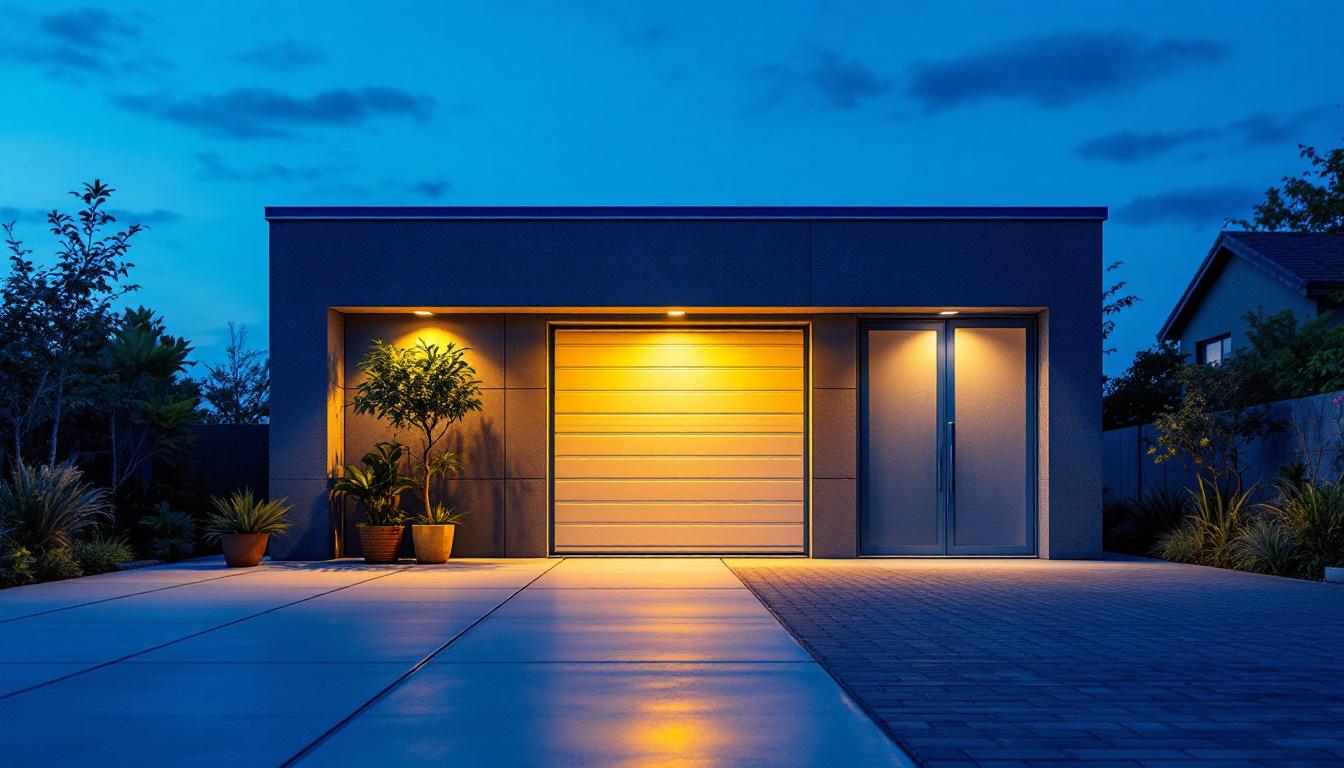
In the world of lighting, the focus often lies on illumination, energy efficiency, and aesthetics. However, the heat generated by light bulbs is a crucial factor that lighting contractors must consider. Understanding the implications of heat production can influence decisions on product selection, installation techniques, and overall project design. This article delves into the pros and cons of heat from light bulbs, providing valuable insights for lighting contractors.
Light bulbs produce light through various technologies, including incandescent, fluorescent, and LED. Each type generates heat differently, impacting their efficiency and application in different environments.
Incandescent bulbs are known for their warm glow and simplicity. However, they are also notorious for their heat production. Approximately 90% of the energy consumed by an incandescent bulb is converted into heat rather than light. This inefficiency can lead to increased energy costs and potential overheating in enclosed fixtures. The design of these bulbs, which typically includes a tungsten filament, contributes to their heat generation as the filament must reach high temperatures to produce light. This characteristic makes them less suitable for applications where heat buildup could be problematic, such as in recessed lighting or fixtures with limited airflow.
Furthermore, the heat produced by incandescent bulbs can affect the surrounding environment. For example, in a small room, the cumulative heat from multiple incandescent bulbs can lead to discomfort, especially during warmer months. This heat output can also influence the longevity of nearby materials, including plastics and fabrics, which may degrade or warp over time when exposed to excessive heat. As a result, while incandescent bulbs may provide a nostalgic ambiance, their practicality in modern energy-efficient designs is often questioned.
Fluorescent bulbs, while more efficient than incandescent bulbs, still generate a significant amount of heat. They operate by exciting mercury vapor, which produces ultraviolet light that is then converted to visible light by a phosphor coating. Although they produce less heat than incandescent bulbs, contractors should still be mindful of their placement to avoid overheating issues. The heat generated is primarily due to the electrical components within the bulb, including the ballast, which regulates the current flowing through the lamp. In environments where fluorescent bulbs are used extensively, such as in commercial settings, proper ventilation and fixture design become crucial to mitigate heat accumulation.
Moreover, fluorescent bulbs have a lifespan that can be affected by their operating temperature. Excessive heat can cause the phosphor coating to degrade more quickly, leading to color shifting and reduced light output over time. This phenomenon emphasizes the importance of selecting the right type of fluorescent bulb for specific applications, as well as ensuring that fixtures allow for adequate heat dissipation. Additionally, advancements in fluorescent technology, such as compact fluorescent lamps (CFLs), have aimed to reduce heat output while maintaining efficiency, making them a more viable option for various lighting needs.
LED technology has revolutionized lighting by offering high efficiency and minimal heat production. LEDs convert a higher percentage of energy into light, resulting in lower heat output. This characteristic not only enhances energy savings but also reduces the risk of heat-related issues in installations. Unlike incandescent and fluorescent bulbs, which rely on heat to produce light, LEDs emit light through electroluminescence, a process that generates significantly less heat. This efficiency allows LEDs to be used in a wider range of applications, from residential lighting to intricate displays in museums and galleries.
Additionally, the low heat generation of LED bulbs contributes to their longevity. With a lifespan of up to 25,000 hours or more, LEDs require less frequent replacement, reducing waste and the environmental impact associated with discarded bulbs. Their ability to remain cool also makes them safer to handle immediately after use, unlike their incandescent counterparts, which can become dangerously hot. As the demand for energy-efficient lighting continues to rise, the role of LEDs in both residential and commercial sectors is expected to expand, paving the way for innovative lighting solutions that prioritize efficiency and safety.
While excessive heat can be a concern, there are scenarios where the heat generated by light bulbs can be advantageous. Understanding these benefits can help contractors make informed choices.
In colder climates or during winter months, the heat produced by incandescent or even fluorescent bulbs can contribute to a warmer environment. This can be particularly beneficial in spaces such as workshops, garages, or outdoor patios where additional warmth is appreciated. Lighting contractors can leverage this feature when designing lighting solutions for such areas.
For contractors involved in horticultural lighting, the heat generated by certain light bulbs can aid in plant growth. Many plants thrive under specific temperature ranges, and the warmth from incandescent or specialized grow lights can create an optimal environment for photosynthesis. Understanding the balance between light and heat is crucial for successful indoor gardening projects.
Heat from light bulbs can also help reduce humidity levels in enclosed spaces. In areas like basements or storage rooms, excessive moisture can lead to mold and mildew. The warmth generated by bulbs can help maintain a drier atmosphere, contributing to healthier indoor air quality. Lighting contractors should consider this aspect when designing lighting for such environments.
Despite the potential benefits, the heat generated by light bulbs can also pose significant challenges. Awareness of these drawbacks is essential for lighting contractors to ensure safety and efficiency.
One of the most significant drawbacks of heat generation is energy inefficiency. Incandescent and fluorescent bulbs consume more energy than necessary, leading to higher electricity bills. For contractors focused on sustainability and energy efficiency, recommending LED alternatives can provide clients with substantial long-term savings.
Excessive heat can lead to overheating, which poses safety risks. Inadequately ventilated fixtures can become hot enough to cause burns or even ignite nearby materials. Lighting contractors must ensure proper installation and spacing to mitigate these risks. Additionally, using heat-resistant materials in fixtures can further enhance safety.
Heat can also affect the lifespan of light fixtures and bulbs. High temperatures can accelerate wear and tear, leading to more frequent replacements and increased maintenance costs. Contractors should consider the thermal characteristics of different bulbs when selecting lighting solutions, opting for those that minimize heat output to extend the lifespan of installations.
Given the dual nature of heat generation, implementing best practices can help lighting contractors maximize benefits while minimizing drawbacks. Here are some strategies to consider.
Selecting the appropriate bulb type for each specific application is critical. For areas where heat is beneficial, such as workshops or indoor gardens, incandescent or specialized grow lights may be suitable. Conversely, for residential or commercial spaces where energy efficiency and heat reduction are priorities, LED bulbs are the optimal choice.
Proper ventilation is essential in any lighting installation. Ensuring that fixtures are adequately ventilated can help dissipate heat and prevent overheating. This is particularly important in enclosed spaces or fixtures that house multiple bulbs. Contractors should assess the airflow in the installation area and make necessary adjustments to enhance ventilation.
Regular monitoring of temperature levels in lighting installations can help identify potential issues before they escalate. Using temperature sensors or smart lighting systems can provide valuable data on heat generation and help contractors make informed decisions about adjustments or replacements. This proactive approach can enhance both safety and efficiency.
The lighting industry is continuously evolving, with new technologies emerging that aim to address the challenges associated with heat generation. Staying informed about these trends can provide contractors with a competitive edge.
Smart lighting systems are becoming increasingly popular, offering features that allow for better control over heat generation. These systems can adjust brightness and color temperature based on occupancy and environmental conditions, optimizing energy use and minimizing unnecessary heat production. Contractors should explore integrating smart technology into their designs to enhance efficiency.
LED technology continues to advance, with new designs focused on further reducing heat output. Innovations such as improved thermal management systems and heat sinks are being developed to enhance the performance of LED bulbs. Contractors should keep an eye on these advancements to provide clients with the most efficient and effective lighting solutions.
As the push for sustainability grows, integrating renewable energy sources into lighting designs is becoming more feasible. Solar-powered lighting systems, for example, can reduce reliance on traditional energy sources and minimize heat generation. Contractors should consider these options when designing outdoor or off-grid lighting solutions.
The heat generated by light bulbs presents both advantages and challenges for lighting contractors. Understanding the implications of heat production can significantly influence project outcomes, from energy efficiency to safety. By carefully selecting bulb types, ensuring proper ventilation, and staying informed about industry trends, contractors can navigate the complexities of heat management effectively.
Ultimately, the key lies in balancing the benefits and drawbacks of heat generation in lighting installations. By doing so, lighting contractors can deliver solutions that not only illuminate spaces but also enhance comfort, safety, and sustainability for their clients.
Ready to enhance your lighting installations with the perfect balance of efficiency, safety, and cost-effectiveness? Look no further than LumenWholesale for all your lighting needs. Our spec-grade lighting products are designed to meet the highest industry standards, providing you with reliable and high-performance solutions for every project. Say goodbye to inflated markups and enjoy unbeatable wholesale prices, coupled with the convenience of free shipping on bulk orders. Don’t compromise on quality or value—choose LumenWholesale and make your next lighting project a shining success. Wholesale Lighting at the Best Value is just a click away.

Discover how solar outdoor lights can transform your home’s exterior with eco-friendly and cost-effective lighting solutions.

Discover the key aspects that lighting contractors frequently miss when installing outdoor garage LED lights.

Discover what clients expect lighting contractors to know in our Rab Spotlight. Gain key insights, industry stats, and tips to elevate your service—read now!.

Discover how Slipry is revolutionizing the lighting industry and impacting contractors’ profit margins.